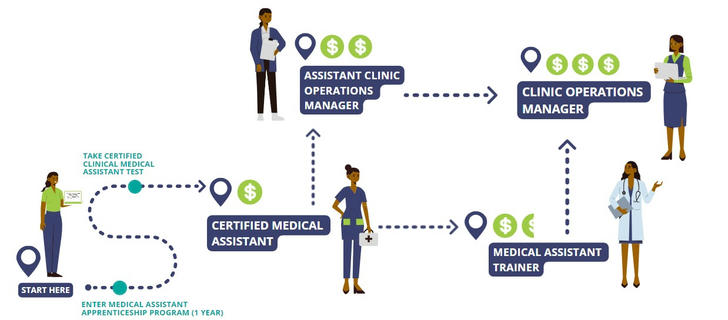Medical Nursing Assistant Apprenticeship Comprehensive Guide
The healthcare industry continues to expand rapidly, and certified nursing assistants play a vital role in providing hands‑on care across diverse settings. An apprenticeship pathway offers a structured blend of classroom learning and supervised on‑the‑job experience, bridging the gap between theory and practice. This guide walks you through the components, benefits, and steps needed to launch a career as a nursing assistant through an apprenticeship program.

1. What Is a Nursing Assistant Apprenticeship?
A nursing assistant apprenticeship combines academic coursework with paid practical training under the mentorship of experienced healthcare professionals. Unlike traditional certification programs, apprenticeships:
- Align with federal and state apprenticeship standards
- Provide wages from day one, increasing as skills advance
- Offer dedicated preceptors to guide daily clinical tasks
Apprenticeships deliver a faster, income‑generating pathway to certification while fostering professional growth in real‑world environments.
2. Core Curriculum and Competencies
Apprentices begin with classroom modules covering anatomy, basic patient care, and infection control. In clinical skills labs, they practice vital signs measurement, safe patient transfers, and communication techniques. During on‑the‑job rotations, apprentices work in hospitals, long‑term care facilities, and community health settings, developing charting skills, basic life support, and HIPAA compliance.

3. Program Structure and Timeline
Typical apprenticeships last 12–18 months. A sample schedule:
| Phase | Duration | Description |
|---|---|---|
| Orientation | 2 weeks | Program overview and safety training |
| Classroom Instruction | 12 weeks | Weekly in‑class sessions |
| Skills Lab Practicum | 4 weeks | Simulation‑based skills practice |
| Clinical Rotation I | 8 weeks | Hospital or acute care placement |
| Clinical Rotation II | 8 weeks | Long‑term care or rehab setting |
| Capstone Assessment | 2 weeks | Written exam and skills demonstration |
Completion leads to eligibility for the state CNA competency exam and full‑time employment opportunities.
4. Benefits of an Apprenticeship Pathway
- Earn while you learn, reducing or eliminating student debt
- High transition rate into full‑time roles with host employers
- One‑on‑one mentorship accelerates skill mastery
- Stackable credentials for LPN or RN career advancement

5. Eligibility and Application Process
Basic requirements include being at least 18 years old, holding a high school diploma or GED, and passing a background check. To apply:
- Research state‑registered programs via workforce boards or hospital websites
- Submit a resume, transcripts, and references
- Complete interviews, skills assessments, and physical ability evaluations
- Enroll by signing the apprenticeship agreement and completing OSHA and HIPAA training
6. Financial Considerations
Apprentices typically start at 60–70% of journey‑level CNA pay, with scheduled wage increases. Many programs cover tuition, textbooks, and exam fees. Some employers also offer retention bonuses for successful completion.
7. Career Pathways Beyond CNA
Graduates can pursue LPN or RN programs with credit for prior apprenticeship training, or obtain specialty certifications in geriatrics, phlebotomy, or medication assistance. Leverage apprenticeship alumni networks and college partnerships to streamline advancement.
8. Tips for Success
Seek extra shadowing opportunities, communicate clearly, practice self‑care, and build strong relationships with mentors and peers. Proactive engagement boosts confidence and career prospects.
9. FAQs
Can I maintain other employment? Clinical rotations may require full‑time shifts; discuss scheduling with your program coordinator. What if I don’t pass the state exam? Programs often reimburse one exam fee and provide remedial support. Are hybrid options available? Some apprenticeships offer virtual lectures alongside hands‑on sessions.
Your apprenticeship journey equips you with real‑world experience, mentorship, and credentials to thrive as a healthcare provider. Visit your state Department of Labor or local healthcare facilities to explore registered cohorts and apply today.
